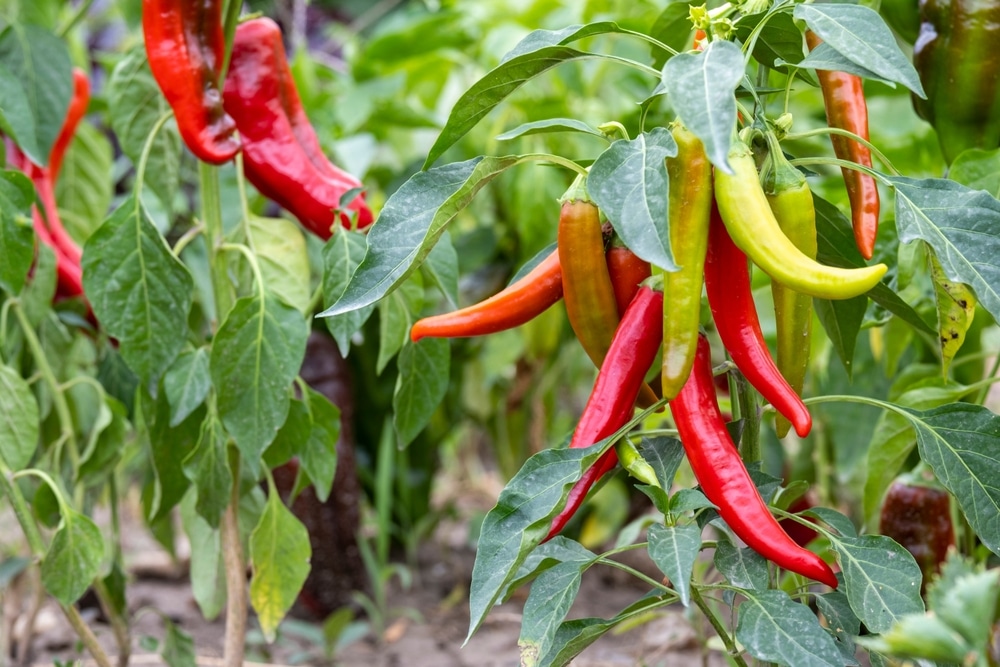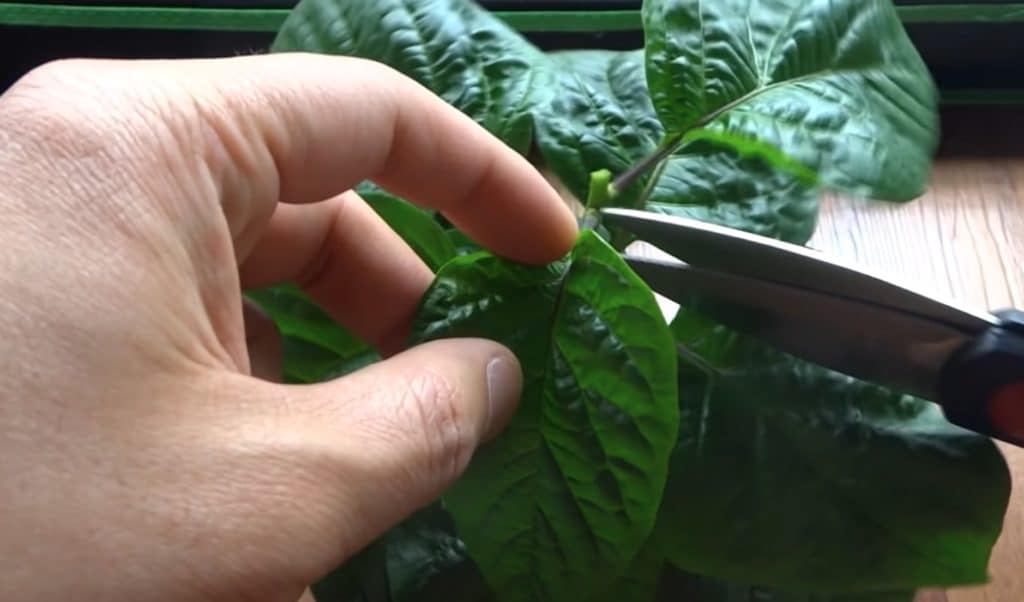Peppers come in a wide variety, from hot and spicy pepper to larger sweet peppers. They are generally easy to care for and produce a good harvest as long as the plants are correctly cared for. An important part of caring for your peppers is knowing about pruning. It’s important to know when it is too late to prune your pepper plants, as doing so at the wrong time of year can cause stunted growth and delay harvest. Let’s look at how and when to prune a pepper plant for the best results.
When is it too late to prune pepper plants?
Generally speaking, you should avoid pruning any pepper plants after October for bell peppers and September for hot peppers, as this will be too close to the onset of winter, and the plant may not have enough time to recover properly. This is especially important if you live in a colder climate, as it doesn’t take much for the frost to kill off your entire crop.
As a general rule, you should prune your pepper plants in the early fall before the first frost. There should be at least a month before the cooler weather is likely to appear so your plants can recover. Plants that are pruned too late may go into shock and die as they are less likely to be cold-hardy.
Pruning in the fall will help your pepper ripen, you can cut off any leaves that are covering the peppers so that they can get some sun before harvest time.
While pruning can benefit your plants’ health and increase yields, pruning isn’t always necessary. You’ll still be able to harvest lots of peppers from an unpruned pepper plant.
Pruning tips
It’s best to prune pepper plants when they are young, so be sure to start before mid-June and August (depending on the type of pepper plant). When pruning, take care to make clean cuts that don’t tear into the stems. You should also avoid cutting off too many branches or leaves, as this can cause stress to the plant. As a general rule, only remove 20 to 30% of the plant’s leaves during a pruning session.
Be sure to use a sharp set of pruners for the best results. This will allow you to make a clean cut. You can sterilize your shears or scissors using boiling water before use. This will kill any bacteria and fungus that may be on the surface of the pruners.
In addition to pruning, be sure to keep your pepper plants well-watered and fertilized throughout the growing season. This will help them grow strong and produce a large, healthy harvest.
The benefits of pruning pepper plants include:
- Increased airflow, can help stop disease and infections from spreading
- More sunlight will get to the fruits to ripen them and improve the flavor
- An increased yield
- Healthier plants
- Fewer places for pests to hide, so you can spot insects and treat your plant quickly
- Pruning can reduce the likelihood of the plant toppling over as you’ll be able to control the plant’s height and shape
Conclusion
Pruning at the right time is an important part of caring for your pepper plant. You can remove leaves throughout the summer and fall months to allow the fruit to get more sunlight which will help with ripening.
With proper pruning and care, you should have no problem harvesting delicious peppers all summer long and well into the fall!

